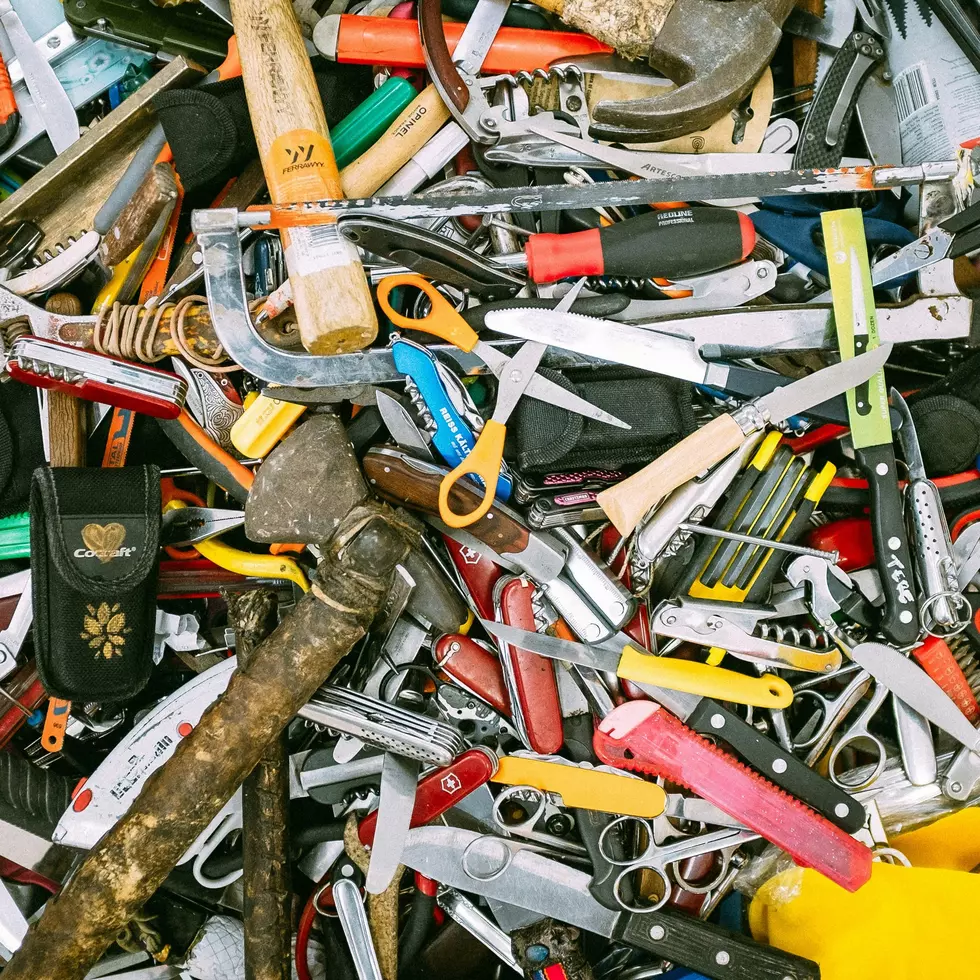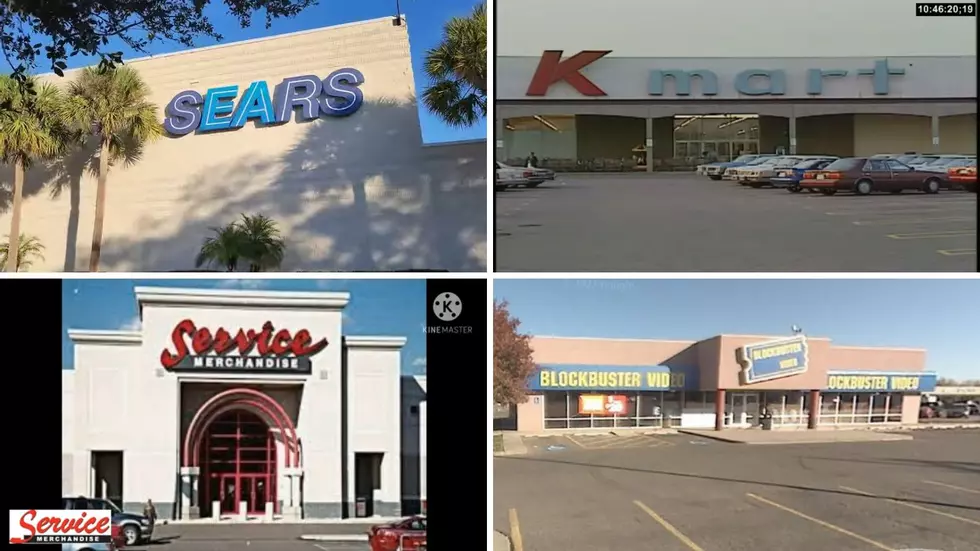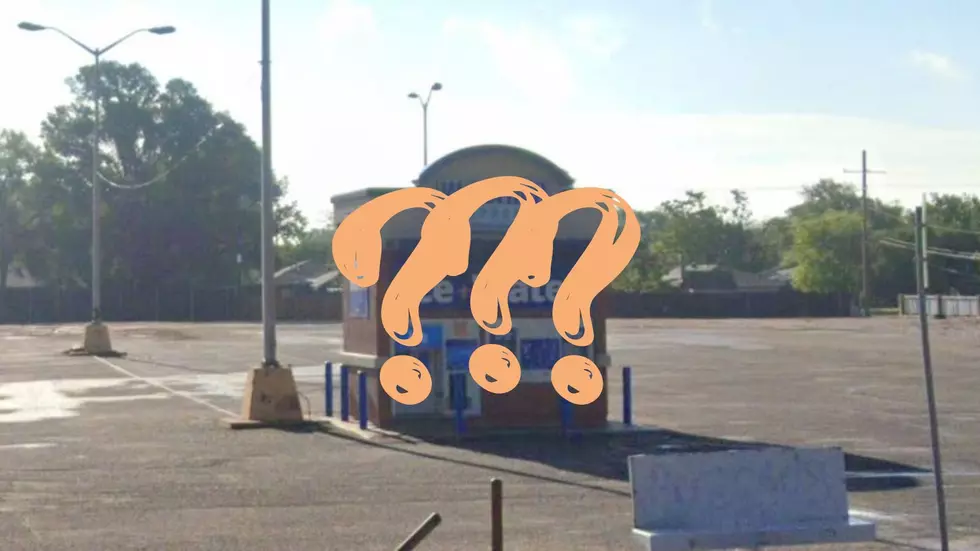
People Driving Through Barricades In Amarillo, TX. Getting Stuck
Amidst all the rain and flooding we've seen recently from the storms in Amarillo, TX., I pose just one question to SOME of you I've seen out there on the roads.
What exactly are you thinking?
Yes, that's the question. I'm referring to all the different people I've seen attempting to drive their cars through flooded areas that have been blocked off by barricades and cones. I've seen entirely too many cars just going for a swim.
I mean it, a swim. You look at the water and think to yourself, hey it's not that deep, I'll get through that. Then you don't. All of a sudden, you've got to have resources come to drag you out of the water you weren't supposed to be in in the first place.
Those resources are supposed to be spent in other places, and because of your adventurous nature, you've stopped the work they were doing to come fish your car out. It got me to thinking, should the people that are doing this have to repay the city or agency that came to get you out?
These are the kinds of things that add expenses to something they weren't planning on spending. How is it fair to that agency or the city to spend money on your stupidity?
Look, there are plenty of places I like to go to that I can't access right now. I mean, I was trying to go to Hummer's on Monday for dinner, but there was no way in. Even if they were open, I wouldn't have just decided to cruise through the water even in my higher off the ground Suburban.
You don't know what's underneath that water. The road could have washed away and you end up finding yourself in a sinkhole. You could be tearing up the road more than it already is, thus costing the city more money on the repairs needing to be made.
If the barricades are there, turn around, don't drown. That's what they say right?
LOOK: The most expensive weather and climate disasters in recent decades
Would You Live In This Texas-Sized Modern Ranch Home?
More From 98.7 The Bomb








